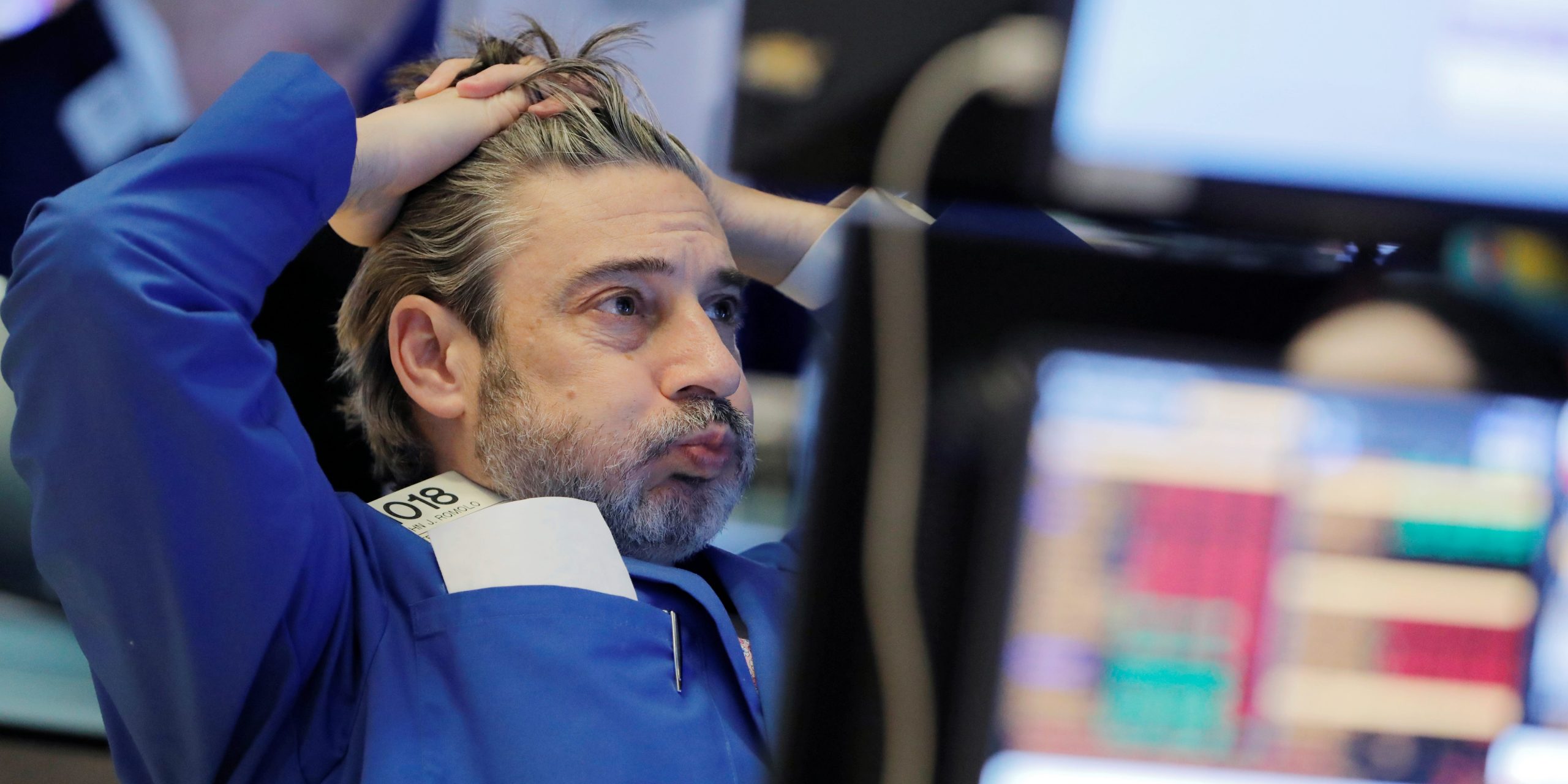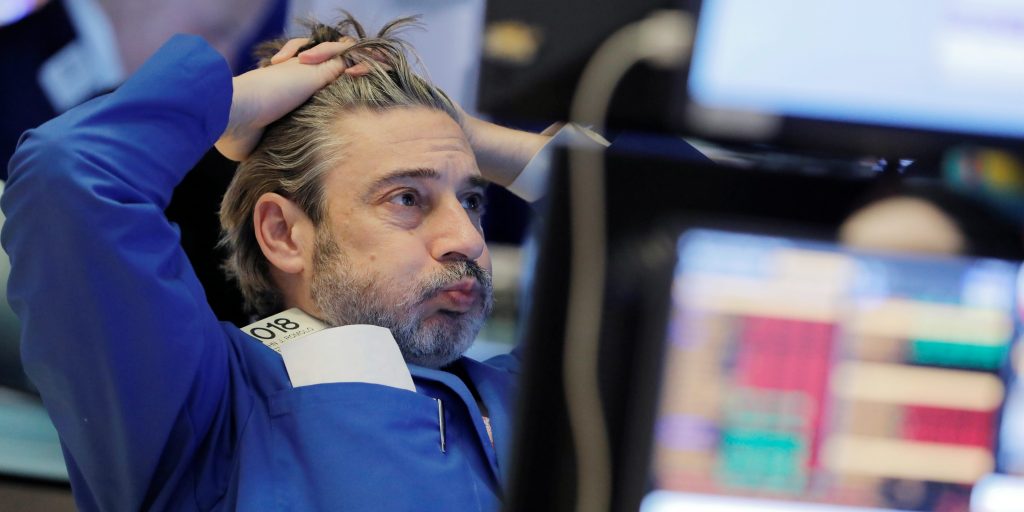
Andrew Kelly/Reuters
- While the S&P 500 has generated an annualized return of 7.5% over the past two decades, the average investor has only seen a return of 2.9%, according to JPMorgan.
- Now a study from MIT helps reveal which investors are panic selling at the worst possible time.
- According to MIT, men over the age of 45 who identify as having "excellent investing experience" are more likely to panic sell than other cohorts.
- Sign up here for our daily newsletter, 10 Things Before the Opening Bell.
Panic selling during stock market corrections can be detrimental to the long-term returns of an individual investor, as both the best days and worst days in the market tend to happen in clusters that are extremely difficult to time.
That's why over the past two decades, while the S&P 500 generated an annualized return of 7.5%, the average investor only saw a gain of 2.9%, according to data from JPMorgan.
Now, a study from MIT has identified the cohort of people that are most likely to panic sell at the worst possible time: men over the age of 45 who are either married or identify as having "excellent investing experience." Cohorts with more dependents or an account size of less than $20,000 are also more likely to "freak out" and panic sell.
The MIT paper analyzed the trading behavior of more than 600,000 brokerage accounts attached to more than 200,000 households to identify who is selling and potentially be able to predict when they might sell in the future.
And while an individual investors' initial panic sale can prevent future losses in the ensuing days and weeks, the study found that the biggest detriment to portfolio performance is the reluctance of the individual to buy back into the stock market when the fundamental outlook may still look challenging.
"We measure the opportunity of cost of panic sales and find that, while freaking out does protect investors during a crisis, such investors often wait too long to reinvest, causing them to miss out on significant profits when markets rebound," wrote Daniel Elkind, Kathryn Kaminski, Andrew Lo, and colleagues.
The study defined a panic sale as a 90% decline in a household's stock portfolio over a one-month period, of which 50% of the decline can be attributed to trades.
While the study does not define the "why" behind the panic selling trades, any human who has ever put money into a stock or ETF likely knows the gut punch feeling of a 20%, 30%, or even 50% decline in their portfolio value, and the resulting temptation to cut losses and get out.
Those human emotions have not changed in centuries of investing and stock market speculation, and they're likely to continue as a constant wave of uncertainty clouds markets.
"Panic selling and freaking out are distinct behavioral patterns in finance that differ from other previously studied patterns" like over trading, the study concluded.
